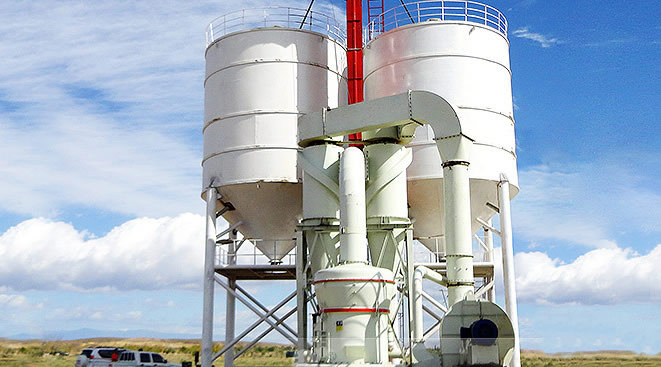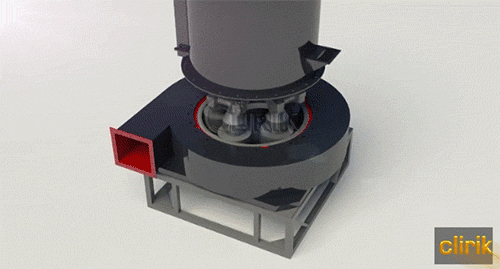
1.Application of Kaolin
2.Introduction and Working Principle of Raymond mill
3.Kaolin pulverizing process



Capacity:0.2~50 t/h
Max Feeding Size:35 mm
Finished size:80~325 mesh
Kaolin is a kind of clay or clay rock dominated by kaolinite group minerals, also known as dolomite, clay. Kaolin is mainly used to make daily ceramics, industrial ceramics, building sanitary ceramics and refractory materials, but also as papermaking, construction, coatings, rubber, plastics, textiles and other fillers or white pigments. With the development of industry, agriculture and science and technology, kaolin has become a necessity in industries such as medicine and national defense. In recent years, with the progress of science and technology, kaolin has been widely used in construction, textile, wire and cable, ink, food, medicine, oil refining and other industries.

The standard configuration of Raymond mill is composed of main engine, reducer, powder classifier, cyclone deduster, dust collector, blower, control cabinet motor and pipe. Optional accessories include crusher, bucket elevator, feeder.
The large material is broken into the required particle size by the jaw crusher, transported to the storage hopper by the bucket elevator, and is uniformly and continuously fed into the main machine by the vibration feeder for grinding. The ground powder is transported by air flow from the blower to the classifier for grading, and the particles that meet the fineness are passed through the pipe to the cyclone collector, where they are separated and collected. They are discharged at the discharge valve and become the finished product; Air is drawn into the blower through the return pipe at the top of the cyclone. The whole air flow system is a sealed cycle, circulating under positive and negative pressure.
Stage 1: the crushing of raw materials
The large kaolin material is broken by the crusher to the fineness of the feed that can enter the mill (15mm-30mm).
Stage 2: grinding
The small pieces of broken kaolin material are sent to the storage hopper by the elevator, and then uniformly and quantitatively sent to the grinding room of the mill by the feeder.
Stage 3: grading
The material after grinding is graded by the classification system, and the unqualified powder is graded by the classifier and returned to the host machine for re-grinding.
Stage 4: collection of finished products
The powder conforming to the fineness enters the dust collector through the air flow through the pipeline for separation and collection, and the collected finished powder is sent to the finished product silo through the discharge port by the conveying device, and then the powder filling tank truck or automatic baler is used for packaging.
Clirik is a professional manufacturer of mining machinery and equipment, the production of machinery and equipment in the world are very popular, if you are interested in our equipment, please contact us through the contact information on the page, we also have professional engineering and technical personnel for you to customize machinery and equipment, to meet your requirements, to create suitable for your use of equipment, welcome your call!